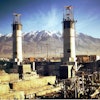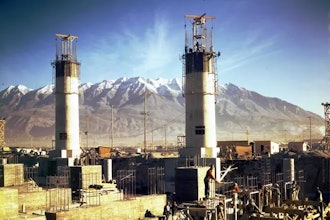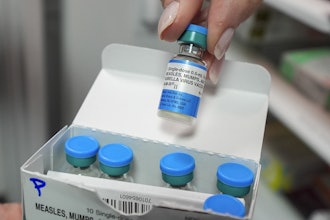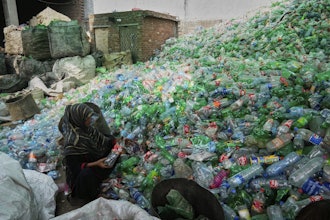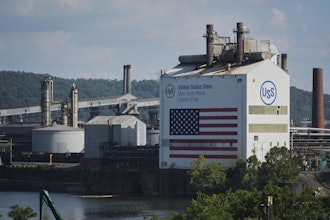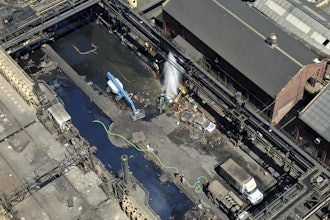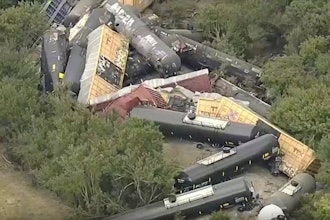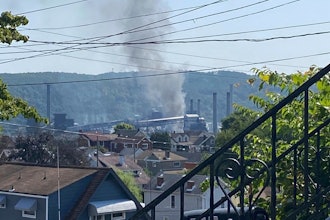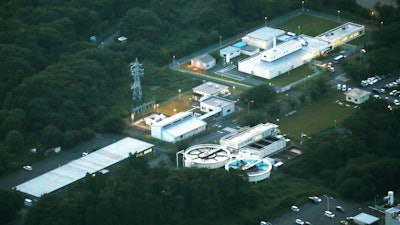
TOKYO (AP) — Five workers at a Japanese nuclear facility that handles plutonium have been exposed to high levels of radiation after a bag containing highly radioactive material apparently broke during equipment inspection, the country's Atomic Energy Agency said Wednesday.
The incident occurred Tuesday at its Oarai Research & Development Center, a facility for nuclear fuel study that uses highly toxic plutonium. The cause of the accident is under investigation, the state-run agency said. It raised a nuclear security concern as well as a question of whether the handlers were adequately protected.
The agency said its initial survey found contamination inside the nostrils of three of the five men — a sign they inhaled radioactive dust. All five were also found to be contaminated on their limbs after removing protective gear and taking a shower, which would have washed off most contamination.
Agency spokesman Masataka Tanimoto said one of the men indicated high levels of plutonium exposure in his lungs, with the dose showing nearly 1,000 times that of his earlier nostril survey.
Internal exposure poses a bigger concern because of its potential cancer-causing risks. The figure, 22,000 Becquerels, could mean exposure levels in the lungs may not be immediately life-threatening.
Nuclear Regulation Authority Chairman Shunichi Tanaka blamed work routine complacency as a possible cause.
The Oarai workers did not have any visible signs of health problems, Tanimoto said. They were taken to a special radiation medical institute for further checks.
Japan's possession of large numbers of plutonium stockpiles, from the country's struggling nuclear spent-fuel recycling program, has already faced international criticism. Critics say Japan should stop extracting plutonium, which could be used to develop nuclear weapons.
To reduce the stockpile, Japan plans to burn plutonium in the form of MOX fuel — mixture of plutonium and uranium — in conventional reactors. But nuclear plant startups are still coming slowly amid persistent anti-nuclear sentiment since the 2011 Fukushima nuclear reactor meltdown in the wake of an earthquake and tsunami.


